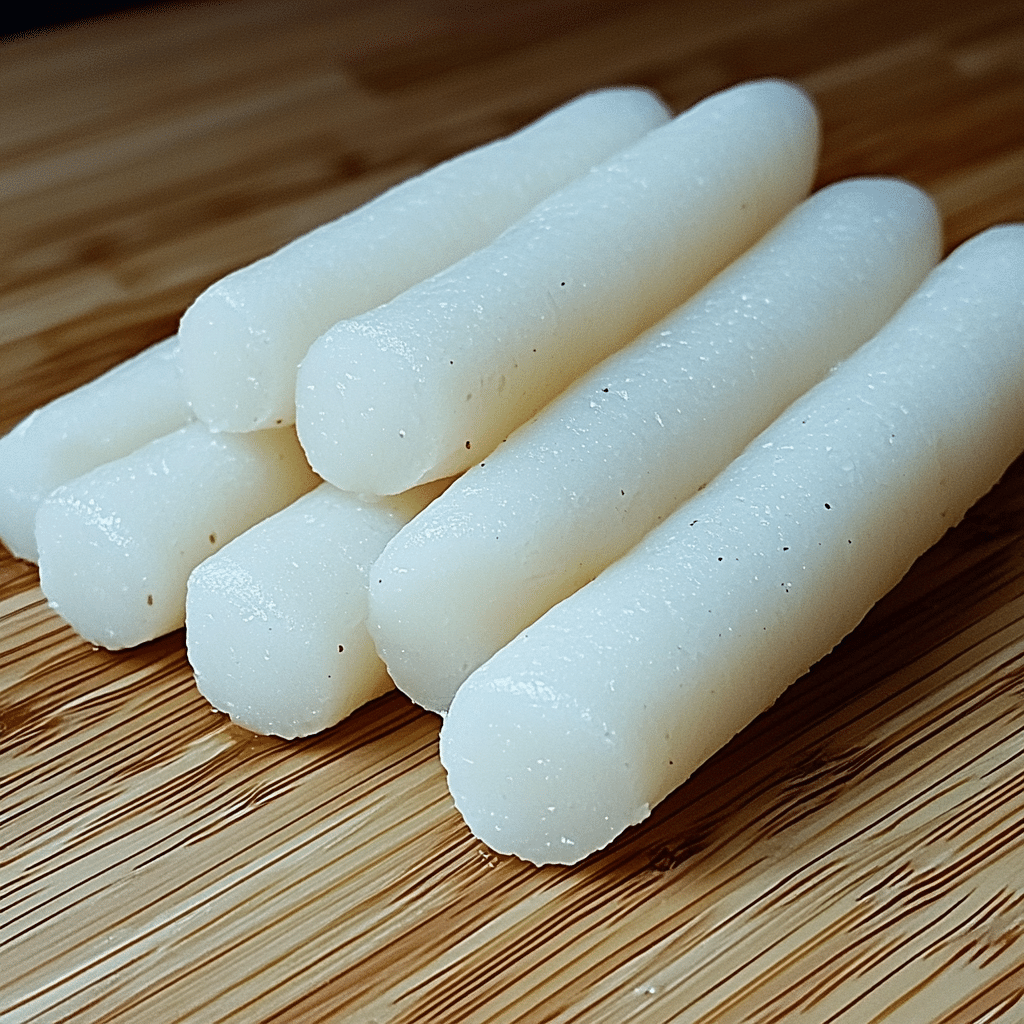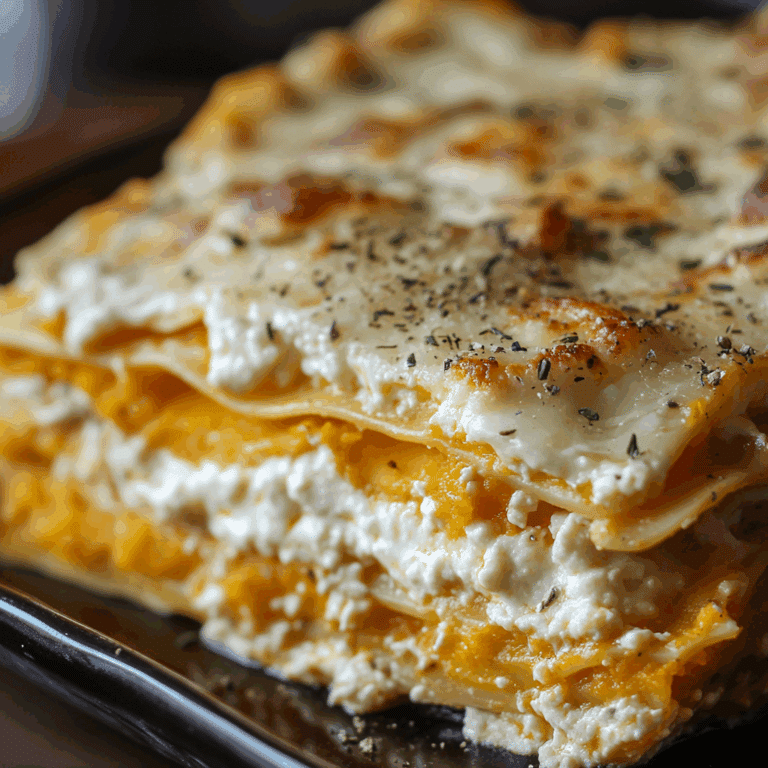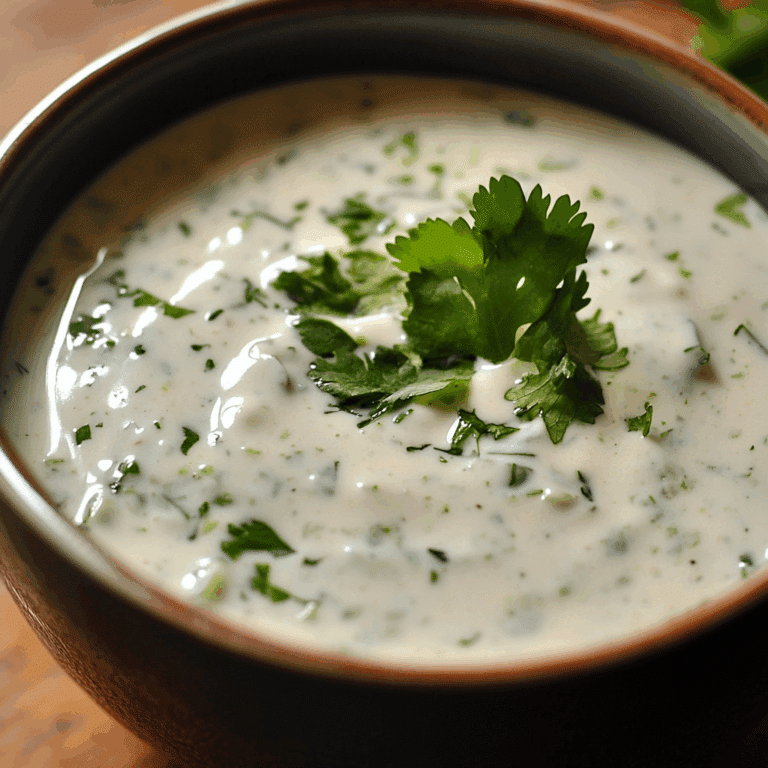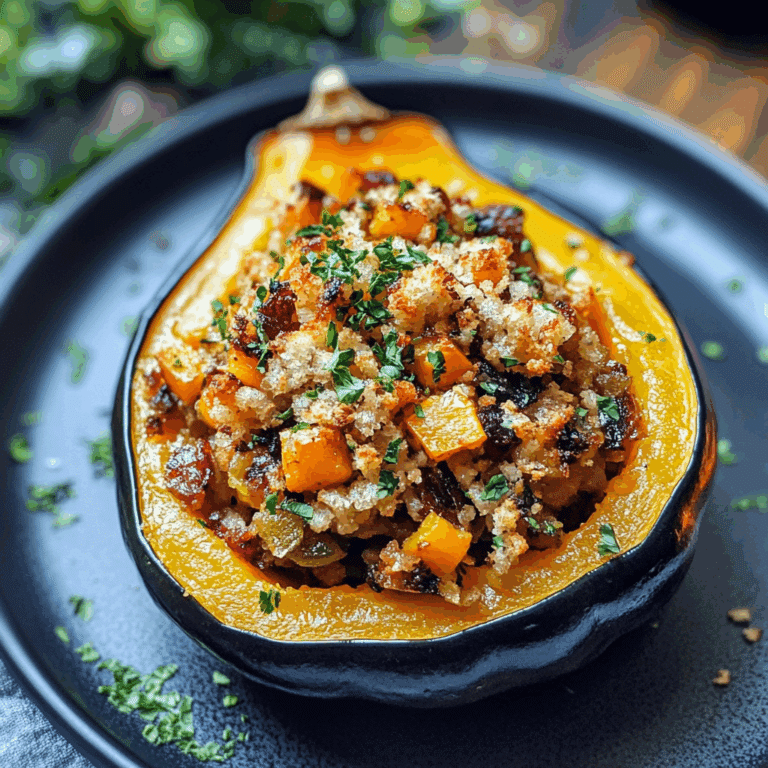How to Make Homemade Korean Rice Cakes Easily

If you have ever craved the chewy, satisfying texture of rice cakes and the authentic taste of Korean cuisine, you’re in for a treat. Making Homemade Korean Rice Cakes is easier than you might think, and with just a few simple ingredients, you can create delicious and authentic treats perfect for any meal. Whether you’re looking to enjoy them in spicy stews, stir-fries, or as a standalone snack, this recipe will guide you through every step to achieve that perfect chewy bite and delightful flavor right in your own kitchen.
Why You’ll Love This Recipe
- Authentic Texture: Achieve the perfect chewy and tender bite that makes Korean rice cakes so beloved.
- Simple Ingredients: Requires only a few basic pantry staples that are easy to find or substitute.
- Versatile Use: Great for soups, stir-fries, or grilled dishes, making it perfect for any meal.
- Customizable: Easy to adjust flavors and shapes to match your personal preferences.
- Cost-Effective: Homemade is often healthier and more affordable than store-bought options.
Ingredients You’ll Need
The magic of making Homemade Korean Rice Cakes lies in the simplicity of its ingredients. Each one plays a vital role in creating that wonderful chewy texture, mild flavor, and smooth appearance that define the dish. Ready your kitchen with these essentials!
- Sweet Rice Flour (Chapssal Garu): The star ingredient that ensures the rice cake’s signature chewiness and sticky texture.
- Water: Used to hydrate the flour and form the dough; warm water helps in blending it smoothly.
- Salt: Just a pinch enhances the natural flavors and balances the subtle sweetness.
- Vegetable Oil or Sesame Oil: Prevents sticking during the shaping process and adds a subtle nutty aroma when using sesame oil.
- Optional: Sugar: For a slightly sweet version, a small amount can be added to the dough.
Variations for Homemade Korean Rice Cakes
Once you master the basic recipe, customizing Homemade Korean Rice Cakes to suit your taste or dietary needs is a breeze. These variations show how flexible this humble dish can be, so don’t hesitate to experiment!
- Spicy Rice Cakes: Coat with a traditional gochujang-based sauce for a fiery kick.
- Vegetarian-Friendly: Add mushrooms, tofu, or vegetables in your rice cake stir-fries for extra flavor and nutrients.
- Sweet Rice Cakes: Incorporate fillings like sweetened red bean paste for a delightful dessert twist.
- Gluten-Free Option: Using 100% sweet rice flour ensures this recipe is naturally gluten-free.
- Shaped Rolls or Discs: Shape the dough into bite-sized discs or long cylindrical pieces for different presentation styles.

How to Make Homemade Korean Rice Cakes
Step 1: Preparing the Dough
Start by mixing the sweet rice flour and salt in a large bowl. Gradually add warm water while stirring continuously until the mixture forms a smooth, pliable dough. The warmth of the water helps hydrate the flour fully, giving you that ideal sticky yet manageable texture.
Step 2: Kneading the Dough
Transfer the dough to a clean surface and knead it for about 8 to 10 minutes. This step activates the starch in the flour, improving elasticity and chewiness. You’ll want the dough to feel soft but cohesive, not crumbly or overly sticky.
Step 3: Shaping the Rice Cakes
Once the dough is ready, divide it into smaller portions and roll them into long cylinders or discs, depending on your preference. Lightly coat your hands and the work surface with oil to prevent sticking. Uniform shapes ensure even cooking later on.
Step 4: Cooking the Rice Cakes
Bring a pot of water to a boil and gently drop the shaped rice cakes into the water. When they start to float to the surface, let them cook for an additional 2-3 minutes. This cooking time ensures they’re fully cooked without becoming too soft or mushy.
Step 5: Cooling and Storing
Remove the cooked rice cakes with a slotted spoon and transfer them to a bowl filled with cold water to stop the cooking process. Drain before using in your recipes or storing for later.
Pro Tips for Making Homemade Korean Rice Cakes
- Use Warm Water: It helps the flour absorb moisture evenly and makes kneading easier.
- Don’t Overwork the Dough: Knead enough to develop elasticity but avoid making it tough.
- Prevent Sticking: Oil your hands and surfaces generously when shaping.
- Cook in Small Batches: This ensures even boiling and prevents rice cakes from clumping together.
- Store in Water: Keep cooked rice cakes in clean water in the fridge to maintain softness.
How to Serve Homemade Korean Rice Cakes
Garnishes
Sprinkle toasted sesame seeds or chopped scallions on top for a burst of flavor and crunchy texture that complements the smooth rice cakes beautifully.
Side Dishes
Pair with kimchi, pickled radishes, or a fresh cucumber salad to balance the chewy rice cakes with refreshing acidity and crunch.
Creative Ways to Present
Try stir-frying your rice cakes with a medley of vegetables and a rich gochujang sauce for a vibrant, colorful meal. Alternatively, slice them thin and pan-fry to create crispy edges—a delightful twist on the classic.
Make Ahead and Storage
Storing Leftovers
After cooking, store your rice cakes in an airtight container submerged in cold water in the refrigerator for up to 3 days to keep them soft and chewable.
Freezing
For longer storage, freeze your shaped but uncooked rice cakes on a parchment-lined tray, then transfer them to a sealed bag—frozen rice cakes stay fresh for up to 2 months.
Reheating
Reheat refrigerated rice cakes by dipping them briefly in boiling water or stir-frying, which revitalizes their chewy texture. Avoid microwaving as it can dry them out.
FAQs
Can I use regular rice flour instead of sweet rice flour?
Regular rice flour has a different starch composition and will not provide the same chewy texture that sweet rice flour offers, so it’s best to stick with sweet rice flour for authentic results.
How long do homemade Korean rice cakes last in the fridge?
Stored properly in water within an airtight container, they will stay fresh for up to 3 days. After that, they may start to harden or spoil.
Can I make the dough ahead of time?
Yes, you can prepare the dough and refrigerate it, wrapped tightly in plastic, for up to one day, but keep in mind the dough might become a bit stiffer and will need kneading again before shaping.
Are these rice cakes gluten-free?
Yes, since they are made from sweet rice flour, Homemade Korean Rice Cakes are naturally gluten-free, making them suitable for gluten-sensitive diets.
What’s the best way to prevent rice cakes from sticking together?
Coat them lightly with oil after cooking or while shaping, and keep stored rice cakes separated with enough water or oil to prevent clumping.
Final Thoughts
Making Homemade Korean Rice Cakes is a deeply satisfying kitchen adventure that brings a taste of Korea right to your home. With simple ingredients, straightforward steps, and plenty of room for creativity, this recipe invites you to enjoy soft, chewy delights any time you want. So grab your sweet rice flour and dive in—you’re one step away from a fantastic culinary treat that’s sure to become a new favorite!






